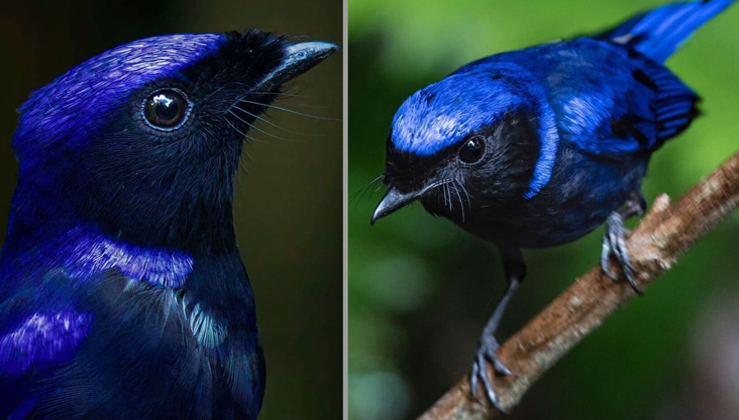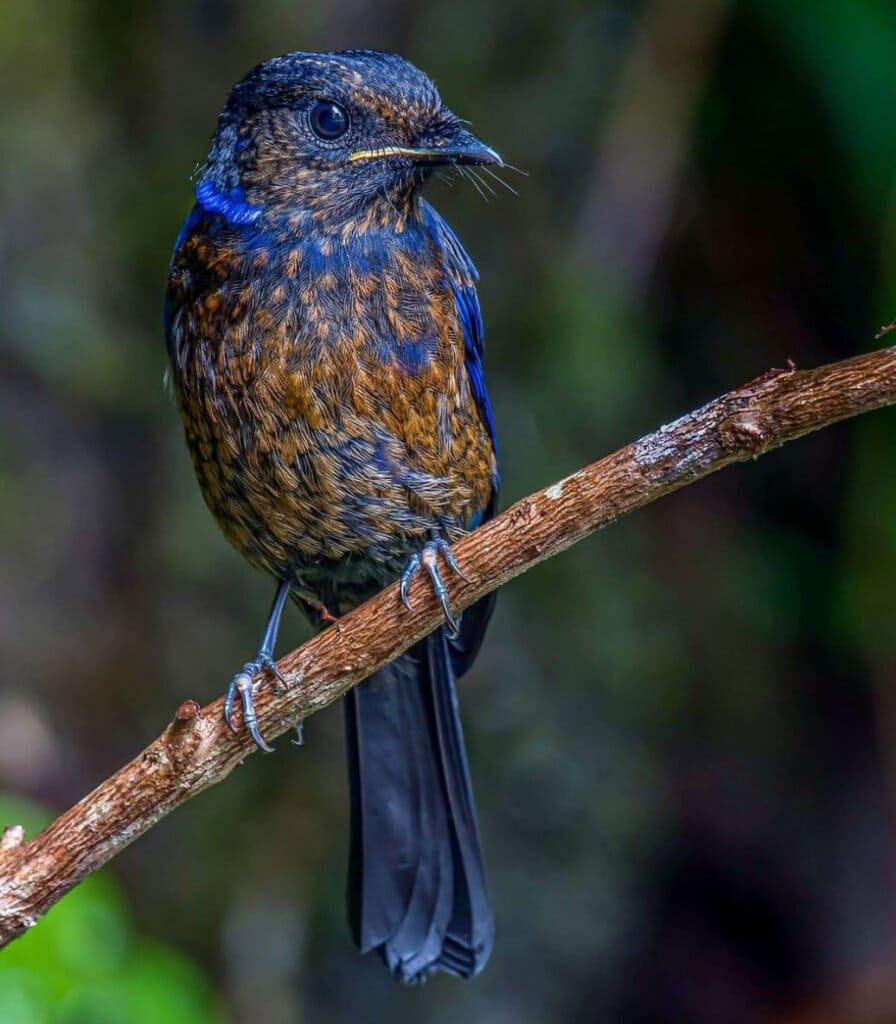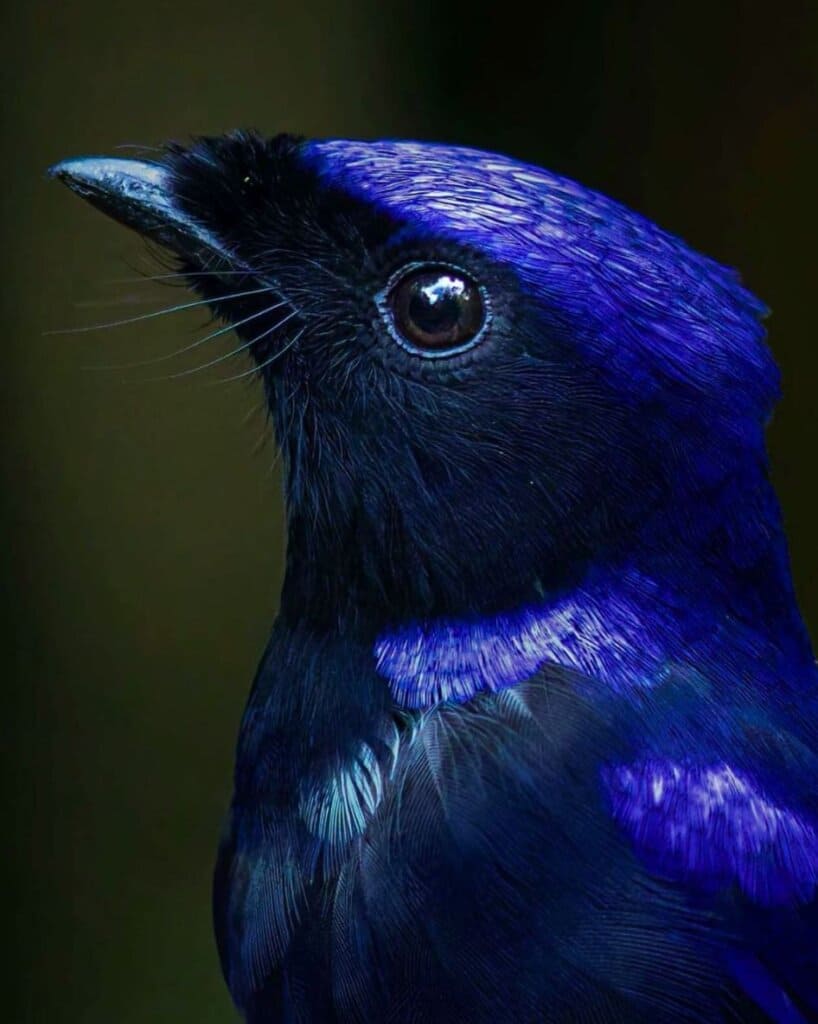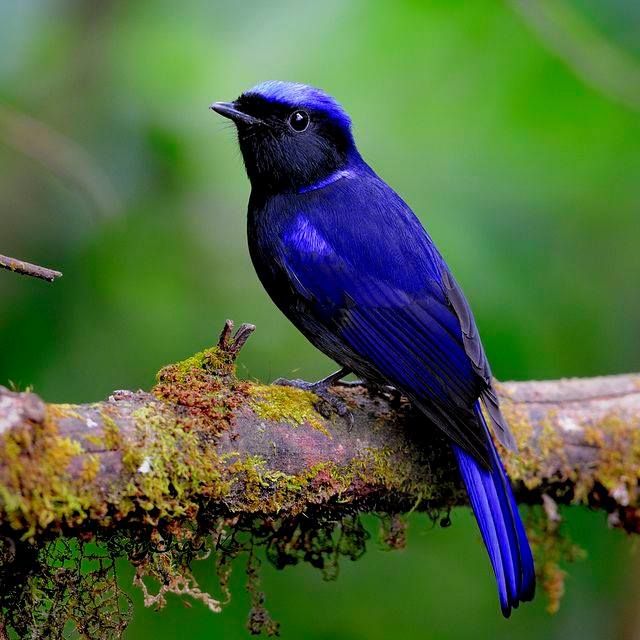The large niltava (Niltava grandis) is a species of bird in the family Muscicapidae. It is found in Bangladesh, Bhutan, Cambodia, China, India, Indonesia, Laos, Malaysia, Myanmar, Nepal, Thailand, and Vietnam. Its natural habitat is subtropical or tropical montane forests.

The large nilvata is such an extraordinary bird. These gorgeous creatures are brilliantly bright blue all over their head, back, neck, and wings. But their face and underparts are dark blue, making them outstanding in their colony.

Many people say that their blue shades are so intense, almost eye-catching. It’s true because I can’t keep my eyes off these stunning fluffy creatures. Unlike male birds, the females are dark olive-brown with blue patches on the sides of their throats. Their wings and tail have the same color.

The large niltava is a species of bird in the Muscicapidae family. Currently, its population is relatively stable. They distribute in the Indian Subcontinent and Southeast Asia from India, into Bangladesh and Nepal, down into Cambodia, Bhutan, China, Indonesia, Laos, Malaysia, Myanmar, Thailand, and Vietnam.

These striking birds inhabit dense, moist tropical forests. They can also be found in rural gardens. Large niltavas mainly feed on insects. They also eat other invertebrates and wild berries. During the breeding season, female large niltavas build their nest among boulders and tree hollows. They even create holes in rotting tree stumps to lay eggs. These nests are made of moss and plant fibers. They incubate 2-5 eggs for around 15 days. They feed the chicks for 14 days until they are fully-fledged, leave nests and hunt for food.





